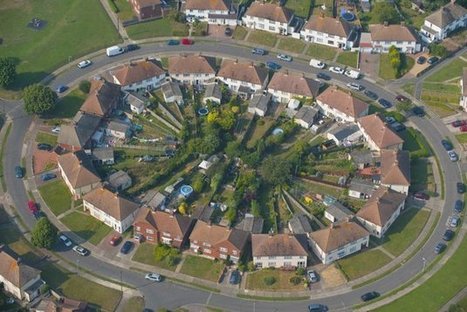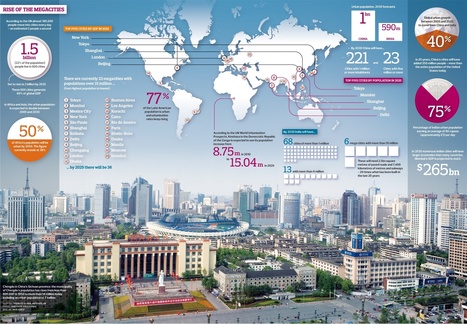TED Talks 400 years after Hudson found New York harbor, Eric Sanderson shares how he made a 3D map of Mannahatta's fascinating pre-city ecology of hills, rivers, wildlife -- accurate down to the block -- when Times Square was a wetland and you...
KC: The Manhattan Project created a picture of the area before the development of a city, the way Henry Hudson did during his 1609 exploration. After 10 years (1999-2009), the research project has expanded to study the entire city of New York. The Welikia Project analyzes geography and landscape ecology to discover the original environment and compare it to present day. Scientists have learned that world's largest cities once had a natural landscape of freshwater wetlands and salt marshes, ponds and streams, forests and fields with an equally diverse wildlife community. By focusing on the city's biodiversity of 400 years ago and the modern era, information can be gathered about what has changed, what has remained constant, where the city was done well and where it needs to improve. This source is useful because it allows for the visualization of NYC in a way never seen before. Urban environments, such as NYC, have a landscape largely created by humans, so the skyscrapers, pavement, and mass population is far removed from the landscape it once was.
Find more information about the Welikia Project and more on New York City's urban ecology on this scoop.it topic.
Via
Kate C



 Your new post is loading...
Your new post is loading...












